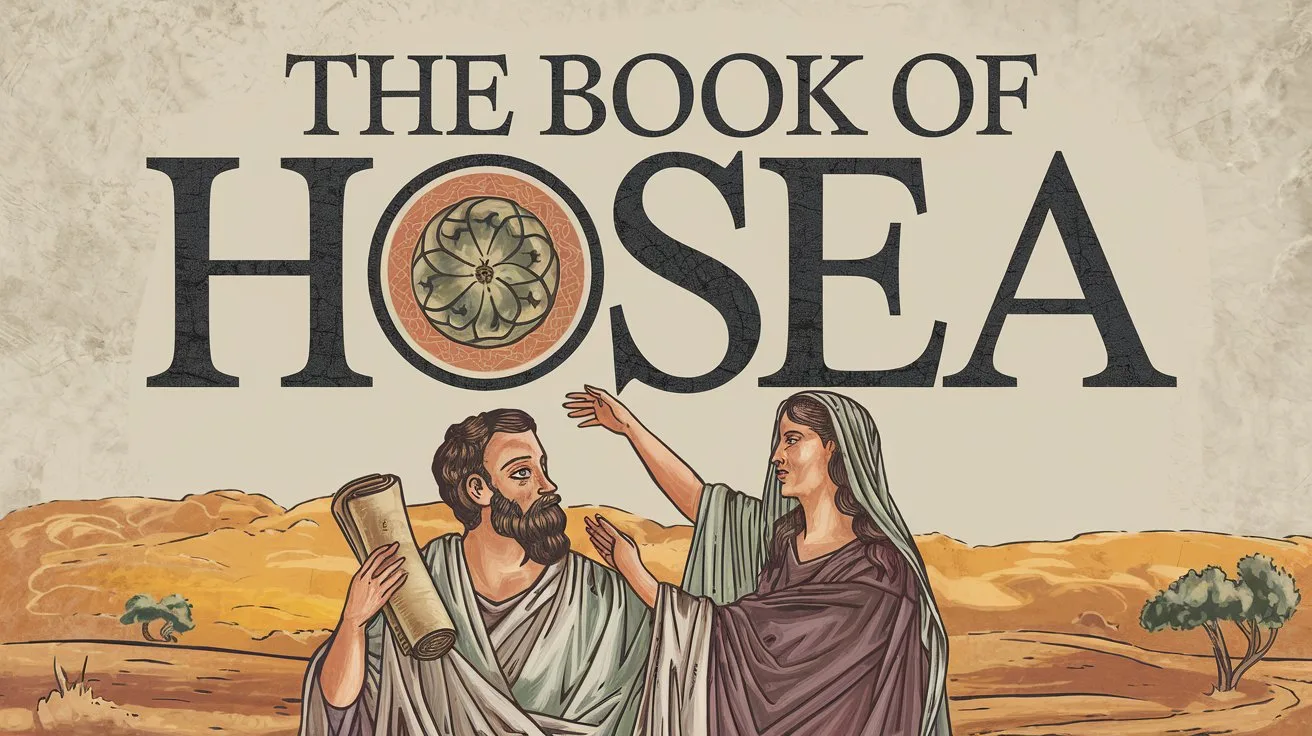The Old Testament laws were given by God to Israel as part of His covenant with them, revealing His holiness, establishing justice, and distinguishing His people from the surrounding nations. These laws served several purposes, both immediate and prophetic.
First, they revealed the character of God: His righteousness, purity, and justice. The moral laws, such as the Ten Commandments, show what God considers right and wrong.
Romans 7:12 says:
“Therefore the law is holy, and the commandment holy and just and good.”
Second, the law exposed sin and showed mankind’s need for a Savior. It did not provide salvation but pointed to the need for it.
Galatians 3:24 explains:
“Therefore the law was our tutor to bring us to Christ, that we might be justified by faith.”
The ceremonial and sacrificial laws pointed forward to Jesus. The animal sacrifices prefigured the perfect sacrifice of Christ, and the rituals symbolized spiritual truths fulfilled in Him.
Hebrews 10:1 says:
“For the law, having a shadow of the good things to come, and not the very image of the things, can never with these same sacrifices… make those who approach perfect.”
The civil laws governed Israel’s national life and ensured justice among the people. These laws were specific to Israel’s theocratic government and are not binding on the church today but still teach principles of equity and justice.
Jesus said in Matthew 5:17:
“Do not think that I came to destroy the Law or the Prophets. I did not come to destroy but to fulfill.”
Christ fulfilled the law completely: morally, ceremonially, and judicially. Believers are no longer under the Mosaic Law as a covenant, but the law still teaches and convicts, showing God’s standards.
Romans 6:14 declares:
“For you are not under law but under grace.”
The Old Testament law leads to Christ by revealing sin, pointing to the need for redemption, and prefiguring the Savior. It is not abolished but fulfilled in Him, and its moral truths remain relevant for godly living.







